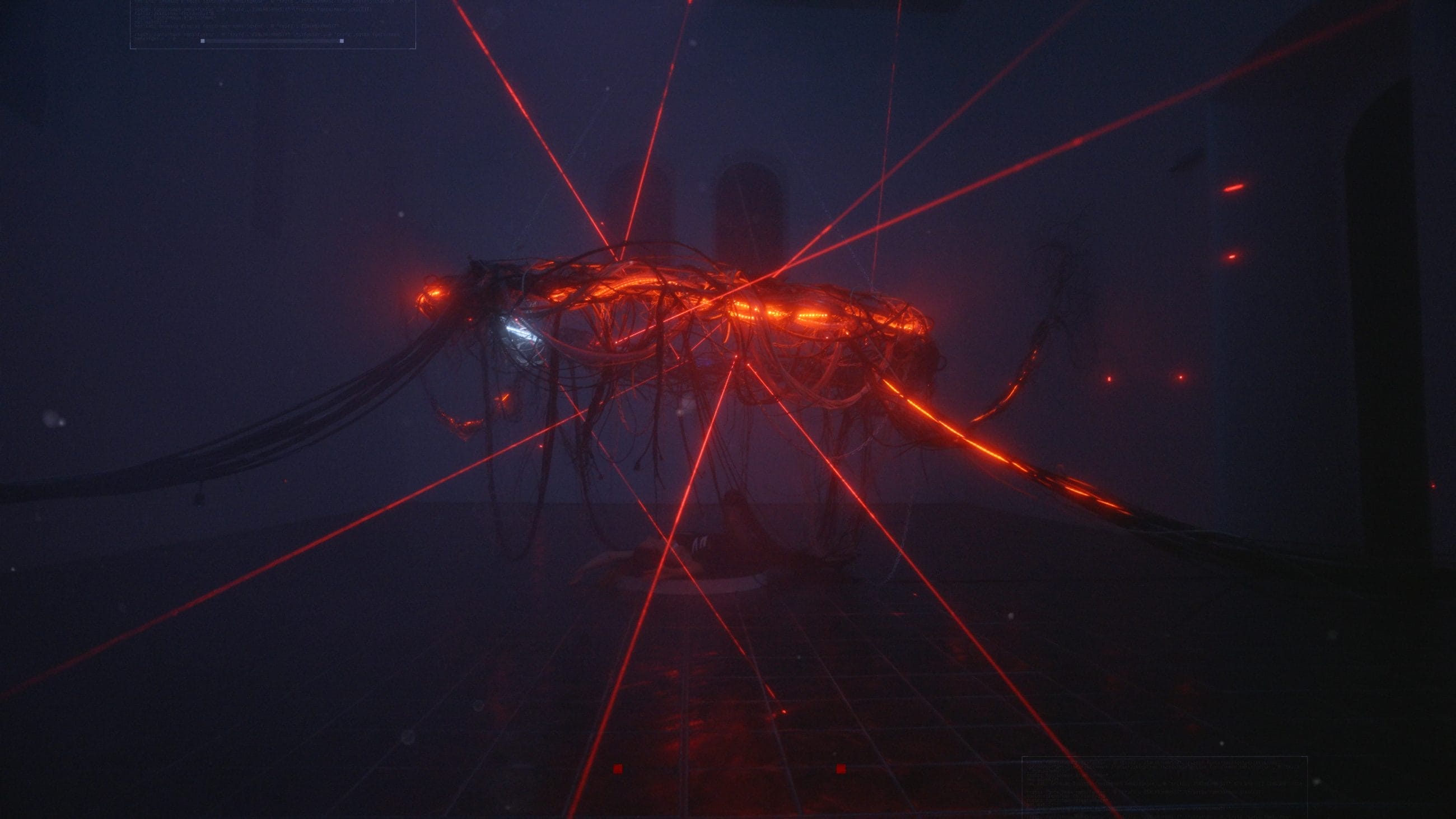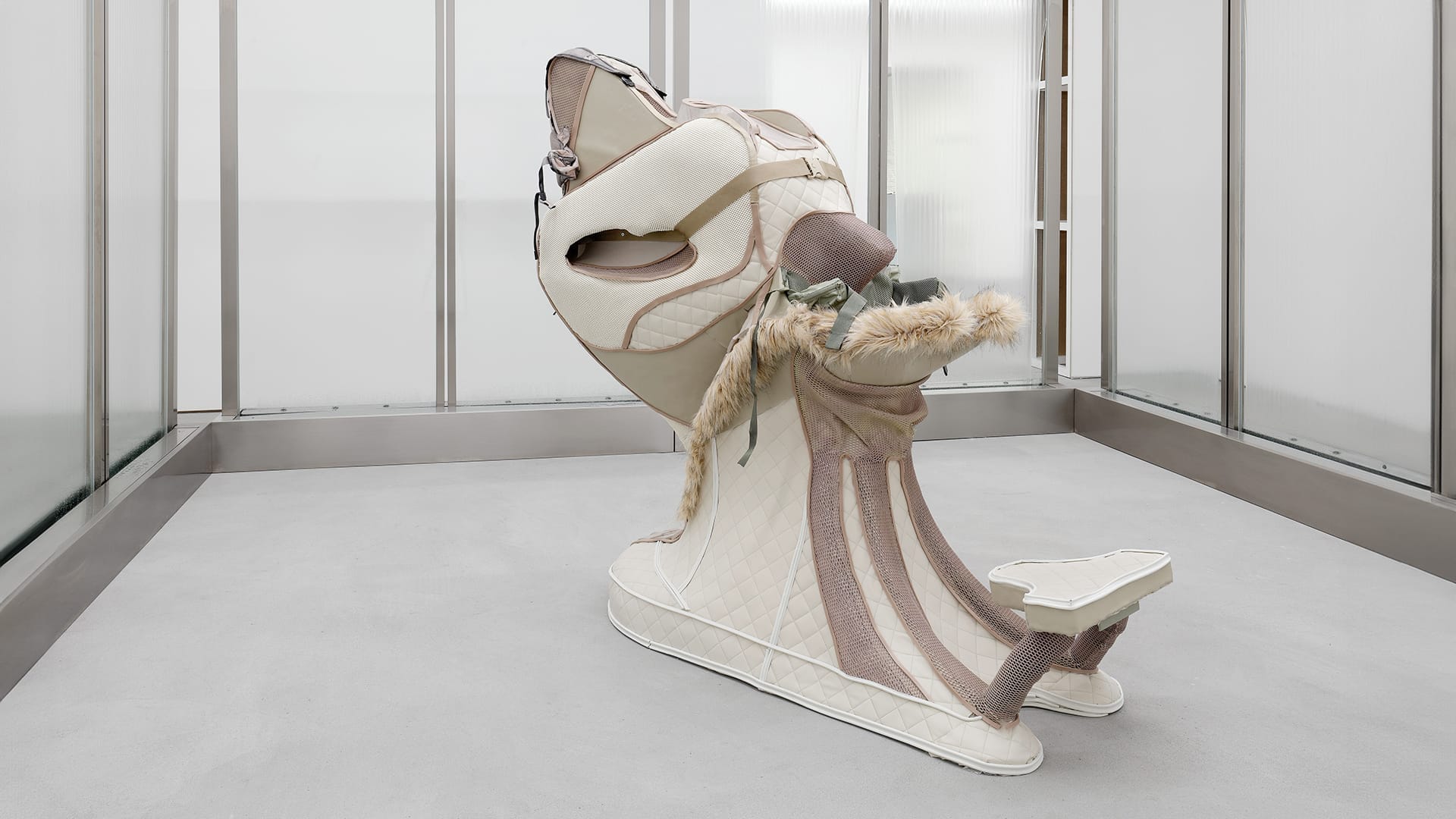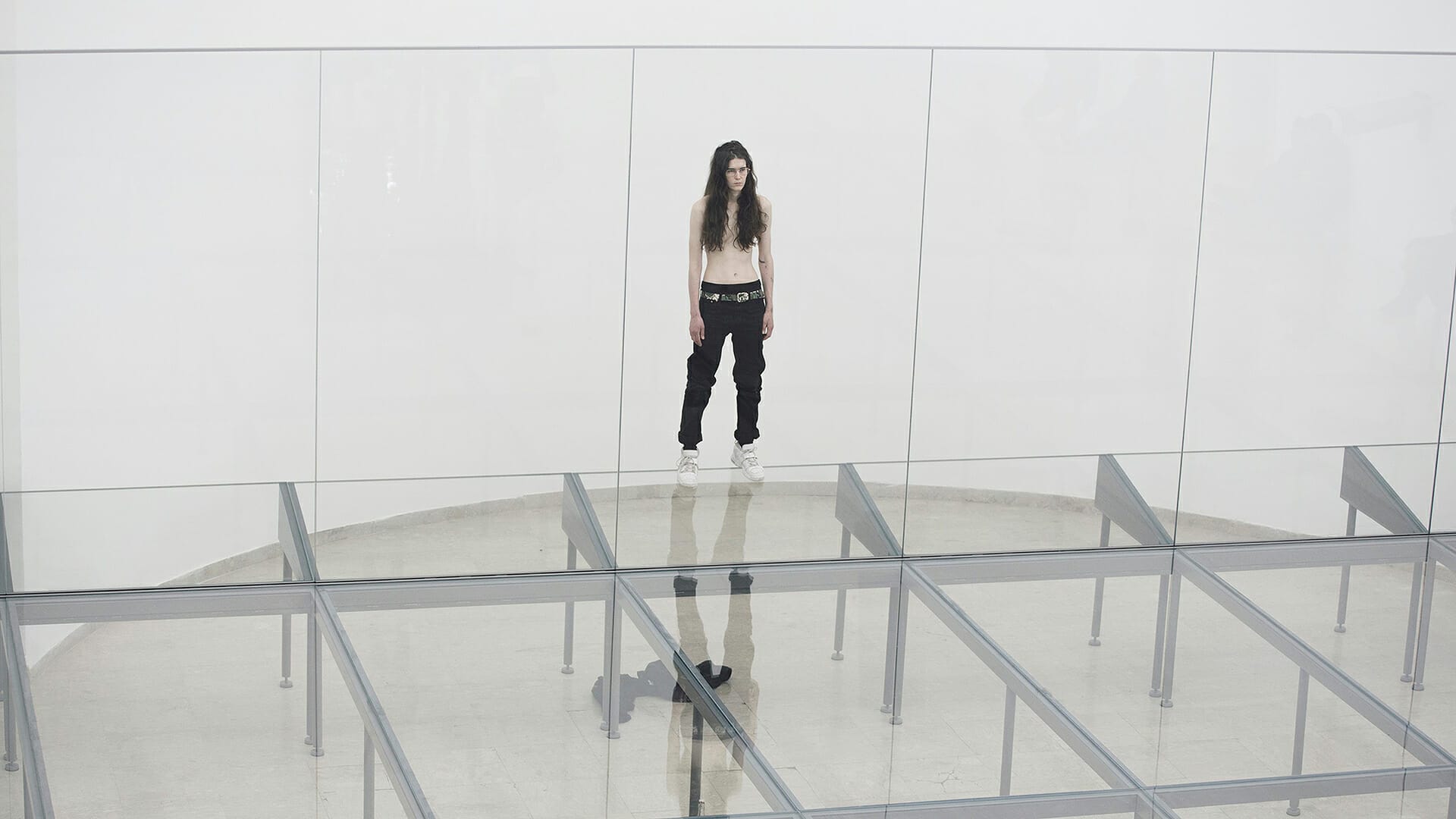
Anne Imhof: Breaking Boundaries
Anne Imhof, born in 1978, has emerged as one of the most compelling voices in contemporary performance art. The German artist’s groundbreaking work, marked by its complex exploration of power structures and identity, has commanded attention on the global art stage, transcending the confines of traditional artistic mediums.
Imhof studied at the Städelschule in Frankfurt and initially expressed her creativity through painting. However, her distinct artistry truly found its form through performance. Her works blend choreography, sound, painting, and sculpture, creating immersive experiences that challenge and provoke audiences, urging them to confront and question societal norms.
Imhof’s most notable work, “Faust”, garnered her the prestigious Golden Lion award at the 2017 Venice Biennale. This large-scale performance piece was set in the imposing German Pavilion, transformed by Imhof’s installation of raised glass platforms and flooded floors.
The performers within “Faust” weren’t just actors but rather pawns in a larger, more intricate game. They navigated the confined space in a choreographed symphony of passive aggression, boredom, and sporadic emotional outbursts, the seeming monotony of their movements only serving to underscore the tension bubbling underneath.
Imhof’s direction highlighted the mundanity of daily life while subtly weaving in moments of high emotion. These moments of passionate emotional surge punctuated the piece, acting as stark contrasts to the overall ennui, and creating a dramatic landscape of human emotion that the audience was allowed to voyeuristically observe.
Interestingly, the glass platforms functioned as a significant symbol within the piece. Not only did they impose physical restrictions, but they also acted as a metaphorical lens through which the audience could scrutinize the power dynamics at play. The viewers were both a part of the performance, being situated in the same room, and separate from it, unable to interact with the performers but nonetheless contributing to the atmosphere.
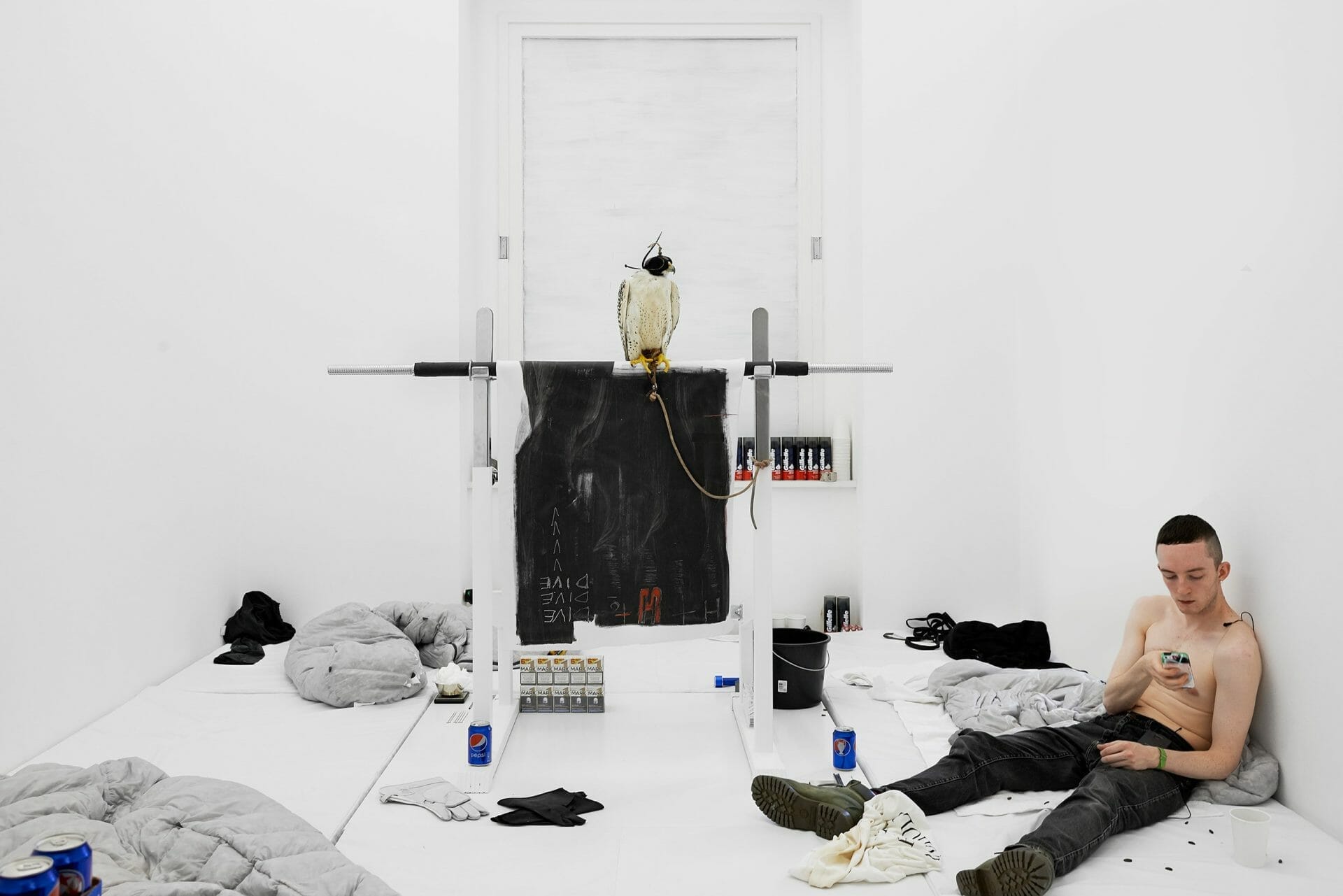
Ultimately, “Faust” served as a complex investigation of societal power dynamics. It combined the physicality of performance art with the psychological insight of theatre, creating an unforgettable experience that thrust viewers into a carefully controlled environment and asked them to question their assumptions about power, control, and their role within such dynamics.
The defining aspect of Imhof’s performance art is its approach to time. Her performances often stretch over several hours, sometimes even days. This elongated timeframe allows for the evolution of the narrative and the deepening of viewer engagement. It also gives her work an ephemeral quality, each performance unique and unrepeatable, living on only in memory and documentation.
Imhof’s creative process involves close collaboration with a regular group of performers, many of whom have backgrounds in dance and music. Her performances, often featuring recurring motifs of youth culture and coded behaviors, can be seen as a commentary on the social structures that govern interpersonal interactions.
While “Faust” propelled Imhof to international acclaim, other works such as “Angst” (2016) and “Sex” (2019) continue to establish her as a leading figure in performance art. In “Angst”, a three-part series of live performances, Imhof explores fear and desire in the digital age, while “Sex” serves as a follow-up, delving into themes of desire, power, and control, unearthing the underlying mechanisms that govern human relationships.
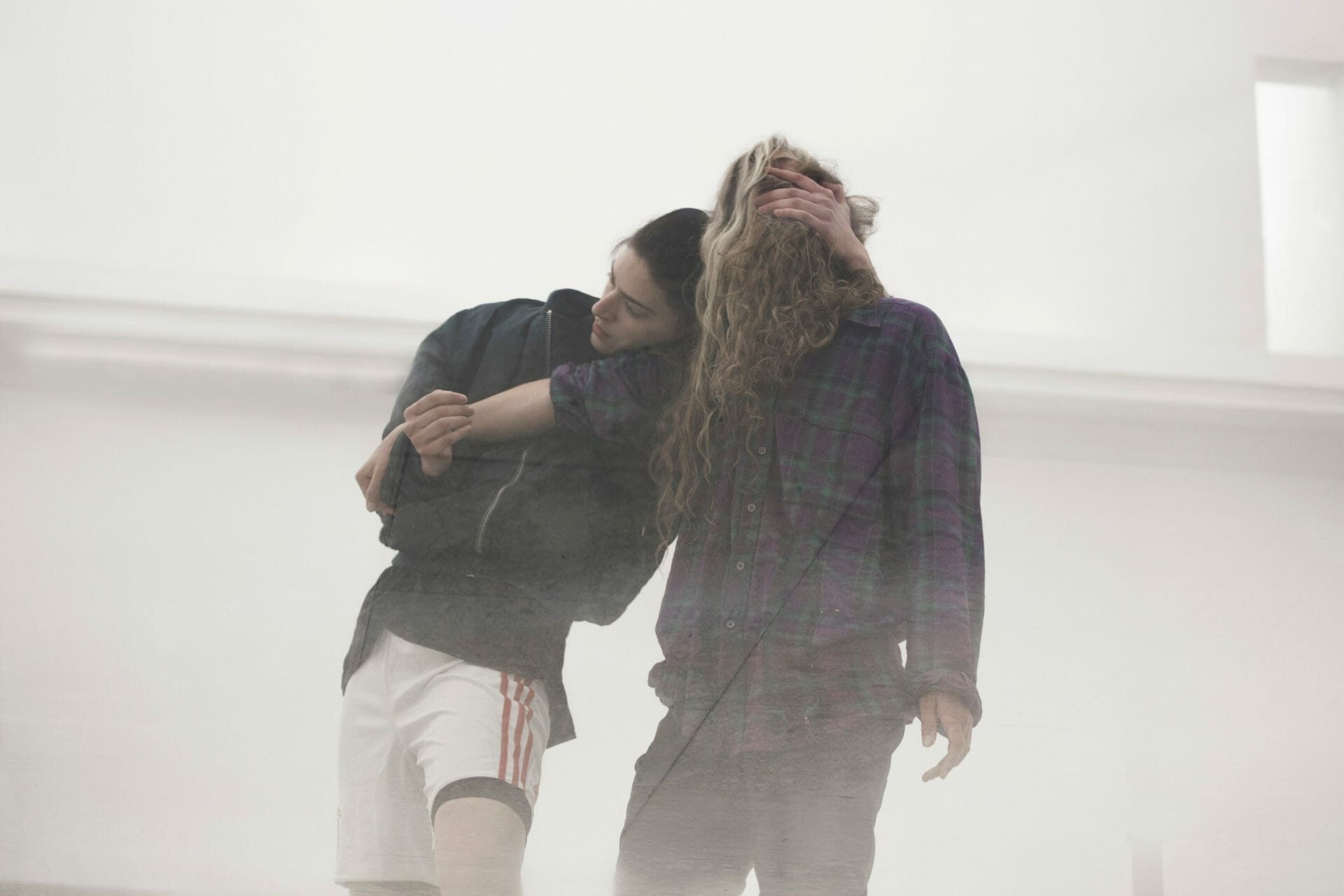
Her performances, with their carefully constructed choreography and soundscapes, can be seen as operatic in their scale and emotional depth. Imhof employs sound – often created live by performers – as a crucial element in her performances, further enhancing their immersive quality. Her work blends diverse influences from punk rock to opera, creating a unique sonic landscape.
In her art, Anne Imhof grapples with universal and challenging themes – power, identity, control, and the human condition. Her work’s intensity and rawness elicit strong reactions, yet beneath its hard edges, it invites deep reflection on our shared experiences and societal structures.
Imhof’s work is not just about performance; it’s about evoking emotion, stimulating thought, and challenging established norms. It’s about turning the mirror onto society, not to show what’s right or wrong, but to provoke introspection and conversation.
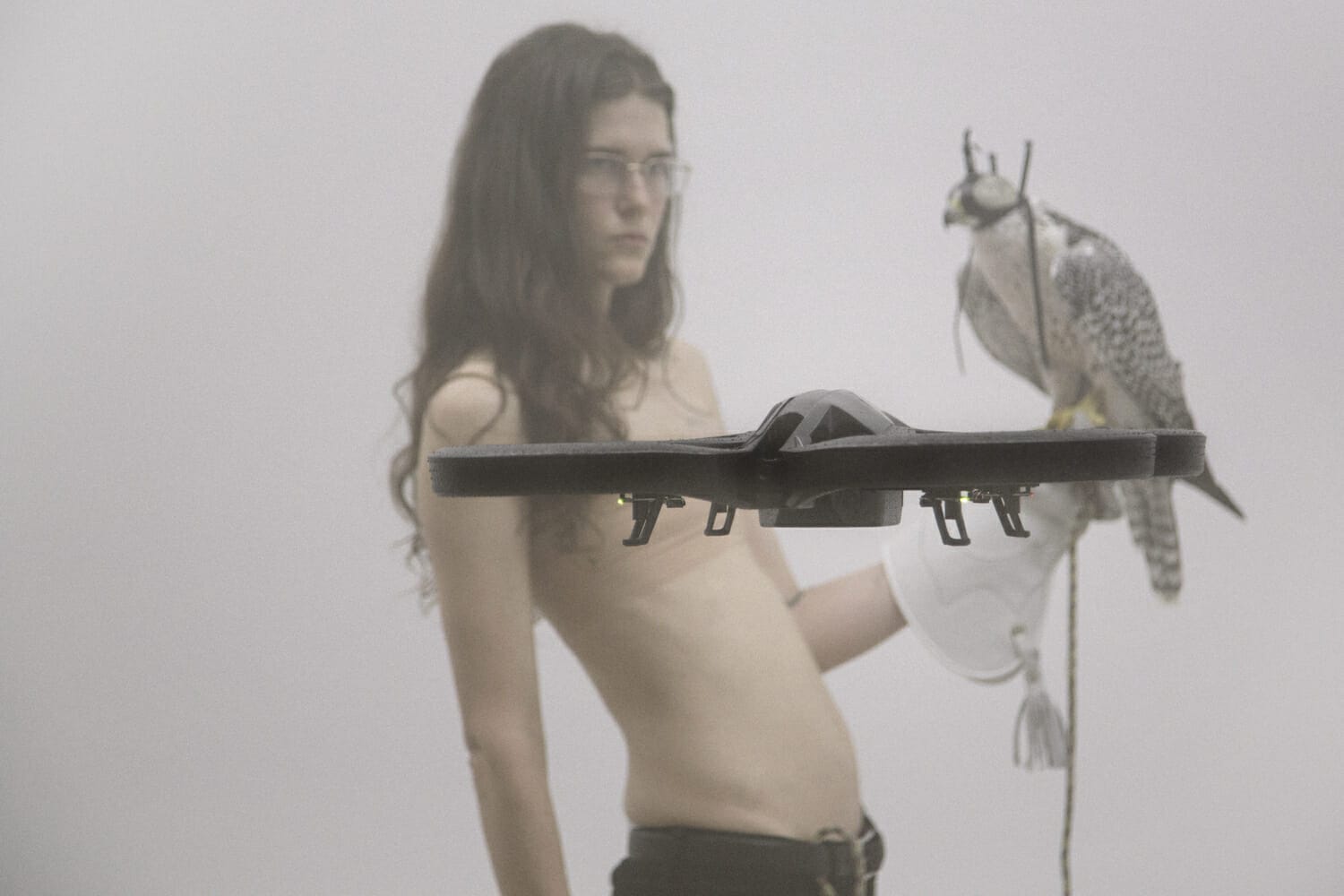
Night Time Story
NIGHTTIMESTORY is a decentralized and online project that aims to be a platform for show a wide range of contemporary art forms, including visual art, videoart, conceptual art theory, NFTs, and critique.
You may also like
Every system contains within itself the seeds of its own transcendence
As digital infrastructures increasingly shape not only our environments but also the architectures o
ATEM by AUSGANG studio at Galerie Kaple
“ATEM” by AUSGANG studio, curated by Leszek Wojaczek, at Galerie Kaple, 06.09 – 03
Anna Uddenberg: Sculpting Critique and Invoking Thought
Anna Uddenberg, a Stockholm-born artist currently residing in Berlin, has become a pivotal figure in


